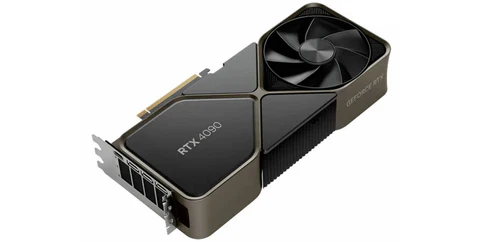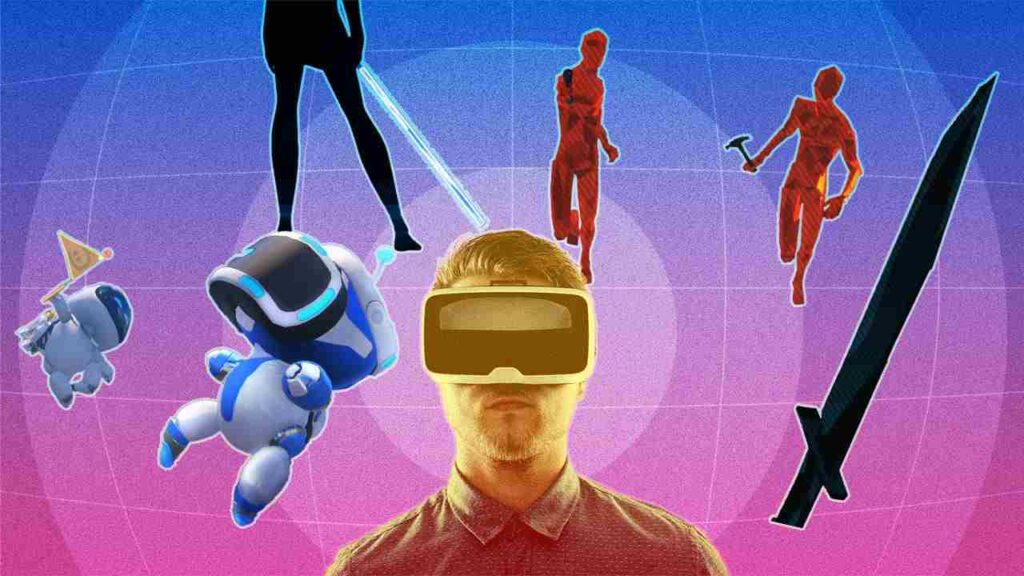Virtual reality (VR) has rapidly gained popularity, offering immersive experiences that blend the physical and digital worlds. As VR applications become more complex, understanding the hardware requirements becomes essential for users and developers alike.
“VR is mainly GPU-intensive, needing high frame rates and detailed graphics, but it also requires CPU power for game logic and physics.”
In this article, We will discuss “ is vr cpu or gpu intensive”
Table of Contents
Here’s a more detailed version of your article on whether VR is CPU or GPU intensive:
The Role of the CPU in VR:

The central processing unit (CPU) is the brain of your computer, handling general tasks and running the operating system and applications. In VR, the CPU plays several crucial roles:
Game Logic and Physics Calculations:
The CPU processes game logic, including physics simulations, AI behavior, and game state management. For example, when a user interacts with the virtual environment, the CPU must calculate how objects respond to the interaction, such as how they move, collide, or change state. In VR, these elements need to be handled quickly to maintain immersion and responsiveness.
Input Processing:
The CPU is responsible for interpreting user inputs from controllers, sensors, and other devices. Quick and accurate processing of these inputs is vital for a seamless VR experience. For instance, when a user turns their head or moves their hands, the CPU must quickly translate these actions into visual changes in the VR environment.
Also Read: No Or Unknown Cpufreq Driver Is Active On This CPU – Fixing No Cpufreq Driver Active Error!
Networking:
For multiplayer VR experiences, the CPU manages network communications, ensuring smooth interactions between players and the server. This includes synchronizing actions, maintaining game state consistency, and managing data packets to reduce latency and prevent lag.
Audio Processing:
In addition to visual tasks, the CPU also handles audio processing, which is essential for creating an immersive environment. Spatial audio algorithms can make sounds seem to come from specific directions, enhancing the feeling of presence in the VR world.
While the CPU is essential for managing overall game performance and interactions, it typically does not handle rendering graphics or processing high-resolution textures.\
The Role of the GPU in VR:

The graphics processing unit (GPU) is specialized hardware designed to render graphics and manage visual data. In the context of VR, the GPU takes on several important tasks:
Rendering High-Quality Graphics:
VR applications demand high frame rates and low latency to prevent motion sickness and create a realistic experience. The GPU is responsible for rendering detailed 3D environments and maintaining high frame rates, often targeting 90 frames per second (FPS) or higher. This is crucial, as lower frame rates can lead to visual stuttering, which can disrupt immersion and cause discomfort.
Handling Stereoscopic Vision:
VR displays two slightly different images for each eye to create a sense of depth. The GPU must render these images simultaneously, requiring substantial processing power. This involves calculating the correct perspective for each eye based on the user’s position and head orientation.
Also Read: Fatal Glibc Error: CPU Does Not Support x86-64-v2 – Resolving Fatal Glibc Error!
Visual Effects and Textures:
The GPU manages complex visual effects, such as shadows, lighting, and reflections, which enhance immersion. It also loads high-resolution textures that add detail to the VR environment, making objects and scenes look more lifelike.
Parallel Processing:
Unlike CPUs, which are optimized for sequential processing, GPUs excel at parallel processing. This allows them to handle multiple operations simultaneously, making them particularly well-suited for the mathematical calculations required for rendering graphics in real time.
Given these responsibilities, it’s clear that the GPU is critical for a smooth and visually appealing VR experience.
CPU vs. GPU: What’s More Important for VR?
While both the CPU and GPU play important roles in VR, the balance of their importance often depends on the type of VR experience:
Graphics-Intensive VR Applications:

For high-fidelity VR games or simulations that rely on rich graphics and complex environments, the GPU becomes the bottleneck. A powerful GPU can significantly enhance the experience, delivering higher frame rates and better visuals. In such cases, having a top-tier GPU is essential for maintaining performance, especially when rendering detailed landscapes or complex characters.
Simulation and AI-Heavy Experiences:
In applications that rely heavily on physics calculations, AI, or complex game logic, a strong CPU may be more critical. This is especially true in VR simulations that mimic real-world physics or environments, such as flight simulators or architectural visualizations. In these cases, the CPU handles the computations necessary to create realistic interactions and responses.
Mixed Workloads:
Many VR experiences fall somewhere in between. For example, an adventure game with detailed graphics and complex character behaviors will require a balanced approach, necessitating both a strong CPU and GPU. In such scenarios, users should consider investing in a well-rounded system that includes high-performance components for both processing units.
Also Read: Pchistory.Net CPU Work – Maximizing CPU Performance!
Factors Influencing Performance in VR:
Several factors can impact VR performance beyond just the CPU and GPU:
Resolution and Frame Rate:
Higher resolutions (such as 4K) demand more graphical power, which can strain the GPU. Maintaining high frame rates is crucial for VR, as lower FPS can lead to motion sickness. Moreover, achieving a balance between resolution and frame rate is essential to ensure a smooth and comfortable VR experience without overwhelming the hardware.
VR Headset Specifications:
Different VR headsets have varying requirements in terms of processing power. For instance, standalone VR headsets may rely on built-in processors, while tethered headsets require a powerful PC. Additionally, the specifications of the headset influence the overall VR experience, as higher-quality headsets demand more advanced hardware for optimal performance.
Software Optimization:
The efficiency of the VR application can affect how well it utilizes the CPU and GPU. Well-optimized software can deliver better performance on lower-end hardware, while poorly optimized applications may struggle even on high-end systems. Moreover, regular software updates can enhance optimization and performance, ensuring a smoother experience across various hardware configurations.
Thermal Management:
High-performance components generate heat, and managing that heat is essential for maintaining consistent performance. Overheating can lead to throttling, where the CPU or GPU reduces its performance to cool down. Effective thermal management solutions, such as adequate cooling systems and airflow, are crucial to prevent overheating and maintain optimal performance during extended VR sessions.
FAQ’ s
Here are five FAQs with short answers related to the topic “Is VR CPU or GPU intensive?”
1. Is virtual reality more CPU or GPU intensive?
VR is generally more GPU intensive, as rendering high-quality graphics and maintaining high frame rates are crucial for a smooth experience.
2. What role does the CPU play in VR?
The CPU handles game logic, physics calculations, input processing, and networking, which are essential for managing interactions in a VR environment.
3. Can a low-end GPU run VR applications effectively?
A low-end GPU may struggle with rendering high-quality graphics and maintaining the required frame rates, leading to a poor VR experience.
4. How much RAM is recommended for optimal VR performance?
At least 8 GB of RAM is recommended, but 16 GB or more is ideal for handling the demands of VR applications smoothly.
5. Can I improve VR performance by upgrading my hardware?
Yes, upgrading either the CPU or GPU can enhance VR performance, but it’s important to ensure that both components are balanced for optimal results.
Conclusion
In conclusion, virtual reality (VR) is predominantly GPU intensive, as it requires powerful graphics rendering to deliver immersive experiences. While the CPU also plays a crucial role in managing game logic and interactions, the performance of VR heavily relies on the GPU’s ability to maintain high frame rates and detailed graphics. For an optimal VR experience, investing in a strong GPU, along with adequate CPU and RAM, is essential.

